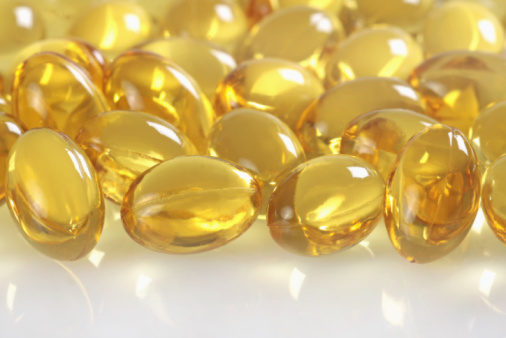
GOED Advises Omega-3s Must Be Measured in Weight

The advisory specifies that it should be expressed as free fatty acid equivalents in milligram per gram of the specific chemical form of the oil. For instance, Triglyceride (TG) form oils should always be expressed as mg/g of TG. The advisory provided a link to conversion factors for use in converting the expression of EPA and DHA from free fatty acids to the weight of the fatty acid in the specific chemical form of the oil.
Area percent, GOED explains, is calculated by gas chromatography and a detection technique. The detector measures each fatty acid as a specific signal peak, where the size of the peak corresponds to its concentration. One can then calculate an area percent of the fatty acid in question, which will yield neither the content nor the weight percentage of the individual fatty acid.
Depending on the oil type and its processing, oils contain several other substances. Failure to correct for the weight of those substances will lead to an error in the expression of fatty acid content if using area percent. For instance: if you add water to an omega-3 product, the area percent will not change.
Area percent also makes comparison difficult: not all fatty acids generate the same peak response, so that two different fatty acids with the same area percent don’t necessarily have the same weight.
Regardless, area percent is not even a definitive measurement. The peak response factors depend on how the fatty acids are derivatized for analysis, the method of separation, and the detector used. Not all peaks detected will even be fatty acids.
Weight measurement, on the other hand, “defines the exact amount of the fatty acids present in a product.” This makes clear the concentration of fatty acids in a product, and allows for proper comparison of EPA and DHA content across omega-3s and between products. Expressing weight in terms of specific chemical form of the oil also allows for proper comparison of either Triglyceride oils or Ethyl Ester oils. And, of course, if you add water to an omega-3 product in which the fatty acids are measured in terms of mg/g, the concentration will be measurably different.
The consequences should be clear: “incorrect content expression can lead to non-compliance with label declarations. If a nutrient must be present at 100% of the declared value, compliance cannot consistently be achieved using area percent, and deviations will vary from one oil type to another.” This can also give the impression that less oil is needed to formulate a product, which will then provide an incorrect and too-small dose to customers.

The editorial team at WholeFoods Magazine has decades of experiences reporting on natural products industry news, trends, and more. This national, monthly business-to-business magazine has been published continuously for nearly 40 years (the magazine was founded in 1977, and has been owned by Wainer Finest Communications since 1984). It is the longest-tenured media outlet of its kind in the natural products industry. The editorial focus at WholeFoods Magazine is, and always has been, on informing and educating members of the natural products industry.
The Magazine
Information
About Us
NOTE: WholeFoods Magazine is a business-to-business publication. Information on this site should not be considered medical advice or a way to diagnose or treat any disease or illness. Always seek the advice of a medical professional before making lifestyle changes, including taking a dietary supplement. The opinions expressed by contributors and experts quoted in articles are not necessarily those of the publisher or editors of WholeFoods.







